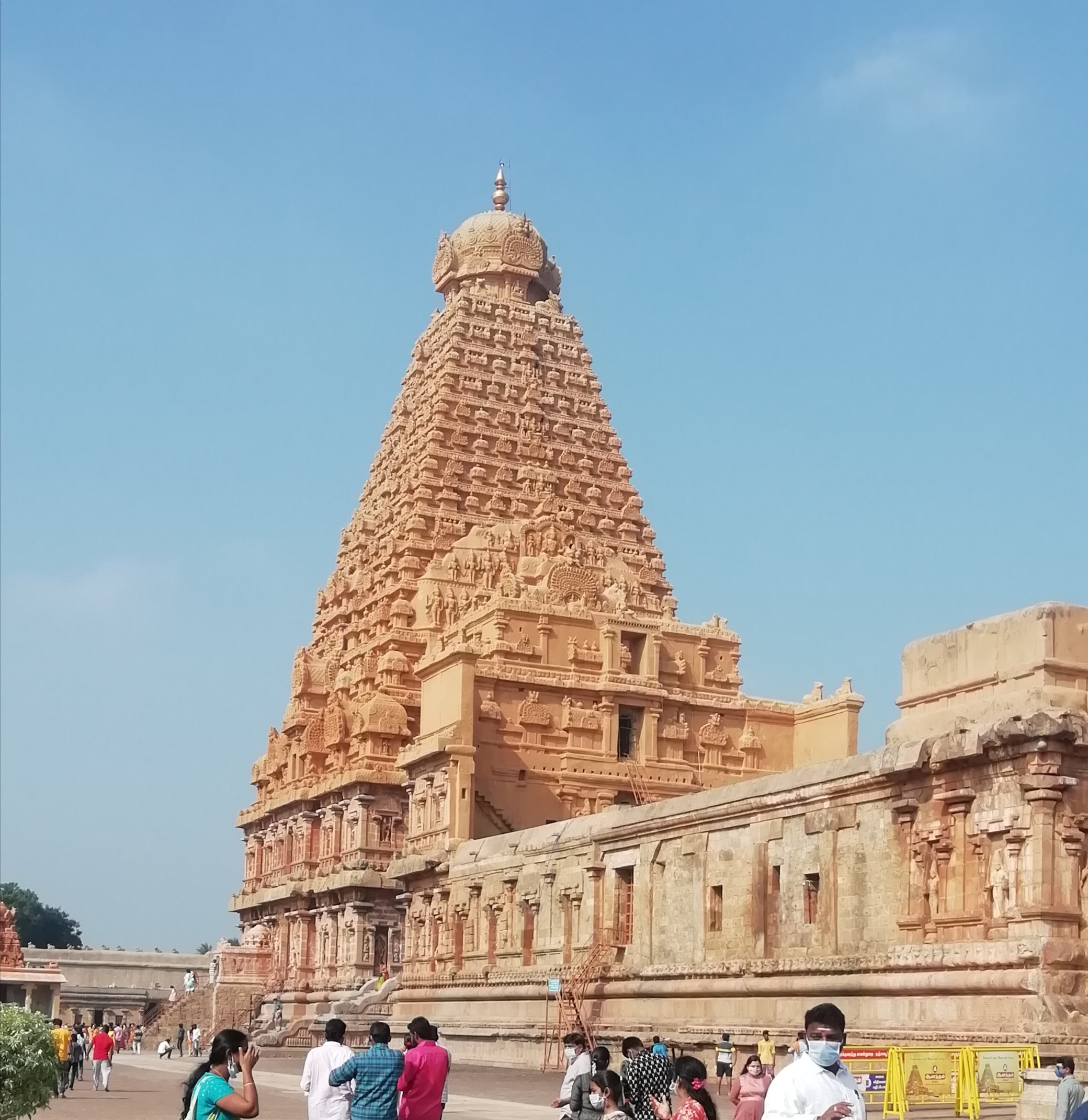World's Second-Largest Mangrove Forest: Ecological Wonderland





The Pichavaram Mangrove Forest represents a stunning testament to nature's resilience and ecological complexity. Situated near Chidambaram in Tamil Nadu, this extraordinary ecosystem stands as the world's second-largest mangrove forest, offering a breathtaking landscape of intricate waterways and dense vegetation that serves multiple critical environmental functions.
The forest's ecological significance extends far beyond its visual beauty. Spanning a complex estuarine environment where the Vellar and Coleroon rivers merge, Pichavaram hosts an astonishing biodiversity. Over 50 distinct mangrove species create a sophisticated habitat supporting numerous bird, fish, and wildlife populations. This delicate ecosystem functions as a natural barrier, providing crucial coastal protection against erosion and storm surges.
Local communities, particularly the Irula tribal group, have developed a symbiotic relationship with these mangroves. Historically marginalized and known for snake hunting, the Irulas have transitioned into environmental stewards. Post-2004 tsunami, they received training in mangrove conservation, transforming their economic prospects while simultaneously protecting this vital ecological zone. Their journey represents a remarkable narrative of community adaptation and environmental preservation.
The forest's resilience was dramatically demonstrated during the 2004 Indian Ocean tsunami. While coastal regions suffered extensive damage, areas with dense mangrove cover experienced significantly reduced destruction. This event highlighted the critical role of these natural ecosystems as protective shields, prompting increased governmental and scientific attention toward mangrove conservation strategies.
Visitors can explore Pichavaram's unique landscape through carefully managed boat rides that wind through its dense, water-rooted trees. These journeys offer unparalleled opportunities for birdwatching, photography, and experiencing an ecosystem that feels simultaneously primordial and delicate. The forest's spatial complexity, mapped using high-resolution imaging techniques, reveals an intricate network of water channels and carefully designed mangrove plots.
Environmental researchers continue to study Pichavaram as a model of successful ecosystem restoration. State-led initiatives have progressively increased mangrove cover, demonstrating how strategic human intervention can support natural regeneration. These efforts have not only preserved biodiversity but also created sustainable livelihood opportunities for local communities, bridging conservation with social development.
The forest's significance transcends ecological metrics, representing a living narrative of human-nature interaction. It embodies how traditional knowledge, scientific understanding, and community engagement can collaboratively protect and restore complex natural systems. Pichavaram stands as a powerful reminder of nature's intrinsic value and humanity's responsibility to preserve these irreplaceable ecosystems.
Climate change and environmental sustainability make Pichavaram more relevant than ever. As global temperatures rise and coastal regions face increasing environmental pressures, this mangrove forest serves as a critical research site and a beacon of hope. Its continued preservation represents not just local conservation but a global imperative to protect our planet's most vulnerable and vital ecological zones.
Discover more attractions within 50km that might interest you

Chidambaram, Tamil Nadu
Cosmic Dance Temple: Spiritual Heart of Chidambaram's Ancient Legacy

Gangaikonda Cholapuram, Tamil Nadu
Chola Dynasty's Architectural Marvel Celebrating Shiva's Grandeur
Ariyalur, Tamil Nadu
Ancient Chola Capital Celebrating Royal Conquest and Cultural Grandeur